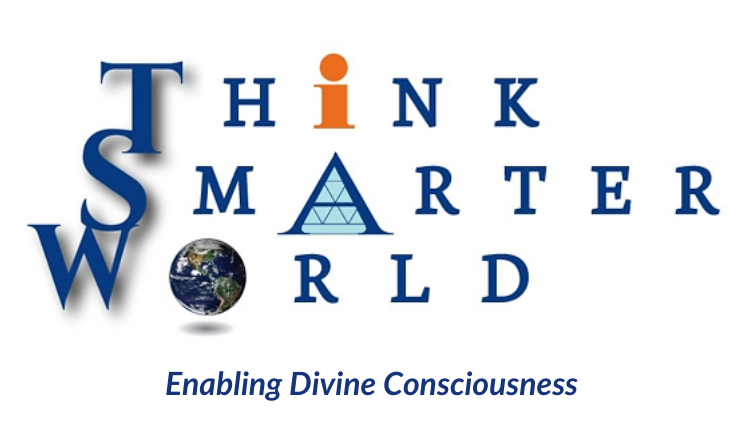Don’t let whatever container that surrounds you, shape you. Our life circumstances, where we live, our particular job, the school we go to all have the effect of shaping us in unintended ways. When you put water in a container, a glass for example, it easily conforms to the boundaries of that container. Human beings (who ironically just happen to be made of up to 70% water), often end up experiencing the same thing.
We need to fight those artificial restrictions and regain our fluidity and shapelessness. We need to outgrow the boundaries of our childhood and upbringing. Isn’t it interesting how people born and raised in certain geographic areas or who reside within certain socio-economic groups, tend to think alike? Their particular geographical and social container has created their thinking. It’s highly limiting. The challenge in life is to grow beyond the habitual thought patterns we have developed over many years and continuously evolve into the best version of ourselves.
Neuroscientist and physician Dr. Joe Dispenza in his book, Breaking The Habit of Being Yourself: How to Lose Your Mind and Create a New One, shows that the latest neuroscience thinking demonstrates that we are mostly running on autopilot based on these habitual thought patterns:
“Think about that: 5 percent of the mind is conscious, struggling against the 95 percent that is running subconscious automatic programs. We’ve memorized a set of behaviors so well that we have become an automatic, habitual body-mind. In fact, when the body has memorized a thought, action, or feeling to the extent that the body is the mind – when mind and body are one – we are (in a state of) being the memory of ourselves. And if 95 percent of who we are by the age of 35 is a set of involuntary programs, memorized behaviors, and habitual emotional reactions, it follows that 95 percent of our day, we are unconscious. We only appear to be awake. Yikes! So a person may consciously want to be happy, healthy, or free, but the experience of hosting 20 years of suffering and the repeated cycling of those chemicals of pain and pity have subconsciously conditioned the body to be in a habitual state. We live by habit when we’re no longer aware of what we’re thinking, doing, or feeling: we become unconscious. The greatest habit we must break is the habit of being ourselves.”
That’s startling isn’t it – 95% of what we do, act, and feel is based on automatic programs being run out of our subconscious. Now on one hand, that’s clearly bad and limits our ability to grow and change. Is it any wonder that people often fail at self improvement programs and keep coming back for more and more? On the other hand, developing “good” habits that we can perform automatically is an advantage. It allows us to function more effectively, have our brains use less energy resources, and not have to keep re-learning the same things over and over again (think driving a car, playing sports at a certain skill level, etc). So the trick is to de-program ourselves of our bad habits and program in the good ones (the ones where we reach for the raw vegetables and hummus and not the chips and cookies…). How can we achieve this?
The first step is to practice mindfulness and stay in the present moment. When we become skilled at observing our thoughts, actions, and emotions, we enlarge our awareness. We can start seeing the subconscious thought patterns and can determine their origin. The act of noticing and putting our attention on those habitual patterns is a giant first step in changing them. The next step is to replace those patterns or thoughts with something that is more desirable. And, the more often that pattern is repeated (Psychologist Art Markman says 20 times is the right number), the more likely it is to become a new habit which replaces the old one.
Now, anyone who has ever tried to change a habit, knows how hard it is and and how the temptation to do the same thing is sometimes seemingly out of our control. Professor Markman makes a good suggestion for this that I have found to work well. He suggests to prepare in advance with an alternative for the next time a habitual thought pattern or craving will arise. In other words, when you next find yourself with that self-limiting mindset or craving, you will have in your back pocket the alternative thoughts or actions you will take so that you break the habitual cycle. So, taking a very simple example, say you have a sweet tooth, you decide that the next time you get a craving for some dessert at 10pm at night, you will get a glass of water and a some grapes instead. This way, at the time of craving, your mind will not be taxed with coming up with an alternative when you are in a “weakened” state, but instead, already know what it needs to do. Give it a try – I’m confident you’ll find it helpful.
The interesting thing is that apart of from more simple habits such as food and other indulgences, our subconscious automatic pilot applies to everything we do in life. If you’re wondering why in an age of 24/7 access to the world’s collective knowledge and wisdom, we still have an enormous amount of ignorance (even among elite, college educated people), now you know. All of us are reacting to the world around us from a base of built up filters and biases residing within our subconscious minds – the ultimate container. The world needs for us to break free from this restrictive mold and shape a new, more inclusive and positive reality…
~Jay Kshatri
www.ThinkSmarterWorld.com





